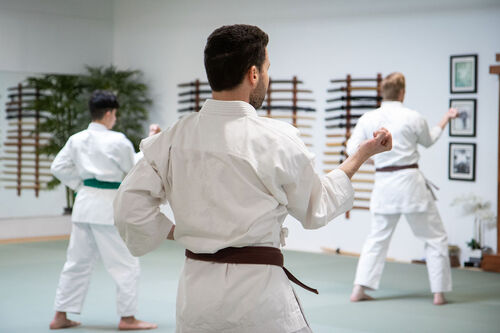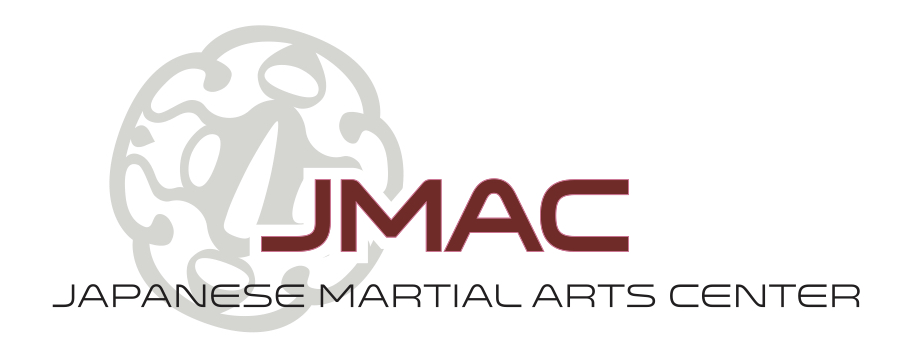Breaking Down the Belt System in Karate: Progression and Meaning

Have you ever wondered why people who practice karate wear colored belts?
Karate, a martial art from Okinawa, is not just about physical prowess but focuses on a philosophy of discipline, perseverance, and self-improvement.
At the heart of Karate's journey lies the belt system, a representation of a student’s progression through the art.
The Evolution of the Belt System
The belt system in Karate traces its roots to Japan. It was started by Professor Jigoro Kano, the founder of Judo. It is deeply intertwined with the art's rich history. Initially, there were only two colors: white and black. A student would start with a white belt, symbolizing purity and innocence, and progress towards the coveted black belt, which shows proficiency in the art.
As Karate gained popularity and spread across the globe, various schools and organizations introduced a colored belt systems to show different levels of proficiency.
Decoding the Colors
Each belt color in Karate carries significance, reflecting the journey of a practitioner as they advance through the ranks. Your dojo may use a different color system, but here’s a widely used progression that you’ll see in many places:
White Belt: The starting point of every Karateka's (a practitioner of Karate) journey. The white belt symbolizes purity, humility, and the willingness to learn. It represents a blank canvas upon which the foundation of one's skills and character is built.
Yellow Belt: As a Karateka progresses from white to yellow, they begin to grasp the basic techniques and fundamental principles of Karate. The yellow belt signifies the dawn of knowledge and the gradual development of skills.
Orange Belt: The orange belt represents the intensification of training and a deeper understanding of Karate's principles. It symbolizes the rising sun, signifying the practitioner's growing proficiency and commitment to the art.
Green Belt: With the green belt, practitioners transition from the basics to more complex techniques and strategies. It symbolizes growth, vitality, and the flourishing of skills as they continue to evolve in their journey.
Blue Belt: The blue belt marks a significant milestone in a Karateka’s journey, signifying depth and proficiency in Karate. It represents the sky, reflecting the vastness of knowledge and the endless possibilities for improvement.
Purple Belt: As practitioners advance to the purple belt, they delve deeper into the intricacies of Karate, refining their techniques and sharpening their focus. The purple belt symbolizes wisdom, maturity, and the ability to adapt to challenging situations.
Brown Belt: The brown belt represents the transition from student to mentor, as practitioners understand Karate's philosophy and principles more deeply. It symbolizes stability, resilience, and the readiness to embrace leadership roles within the martial arts community.
Black Belt: The ultimate symbol of mastery and expertise. The black belt represents the culmination of years of dedication, discipline, and hard work. It signifies the beginning of a new journey—a commitment to lifelong learning and the continuous pursuit of excellence.
Earn Your Belt Learning Karate in Ann Arbor with JMAC!
Do you want to study karate in Ann Arbor?
If you think you'd like to get started in martial arts, watch a class! Call us at (734) 720-0330 to arrange a time to visit or get your questions answered. If you’re more comfortable with email, you can reach us at info@japanesemartialartscenter.com.
